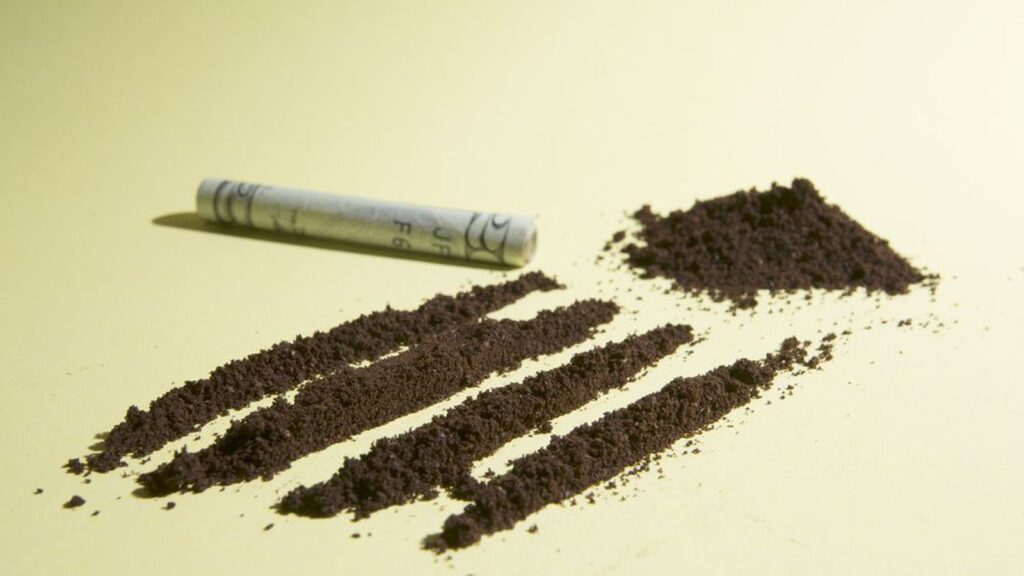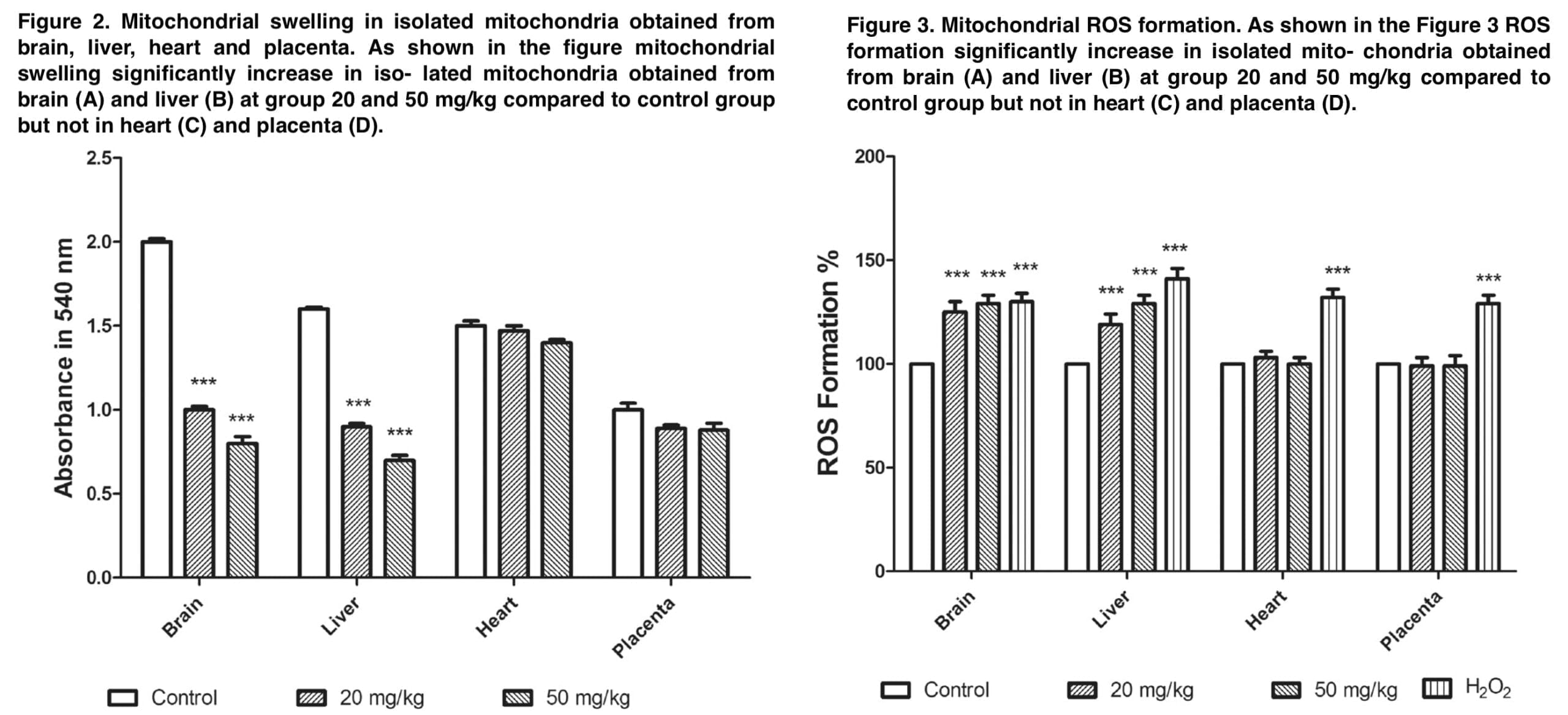Caffeine Alters The Effects Of Mephedrone (Animal Study)
Novel psychoactive substances (NPS) have emerged at an alarming rate in recent years, many of which have chemical structures resembling those of amphetamines and cathinones (mephedrone and caffeine). It is therefore likely that these NPS were created and consumed with the hope that they would mimic the psychoactive effects of well-known recreational drugs like methamphetamine and 3,4-dimethoxymethamphetamine.
Predictions cannot be formed merely on the basis of knowledge on related and more well-established medications because there is little to no pharmacological or toxicological understanding about most of these NPS. Few users consume the drug under research exclusively, which presents another challenge because practically all recreational drug users do so unknowingly or as a result of the adulteration of a “identified” drug with additional pharmacologically active chemicals.
Therefore, even though preclinical research suggests that the NPS under investigation is unlikely to cause severe acute or long-term toxicological problems when ingested at a modest dose, this may not be true when the drug is used by a user who has also used other psychoactive or even non-psychoactive substances.

Mephedrone and Caffeine
Caffeine is one non-psychoactive drug that is frequently used yet mostly disregarded in preclinical testing. It is frequently consumed with NPS due to its prevalence in beverages other than coffee and tea, such as cola and many other high-caffeine brands. This is especially true of the more recent “energy” drinks like Red Bull. Reissig has described the consequences of heavy caffeine intake and the issues with consuming caffeine and alcohol together.
More recently, Vanattou-Saifoudine examined the data showing that coffee can increase the toxicity of several psychostimulants, including MDMA, in rats. Typically, this increases hyperthermia, tachycardia, convulsions, as well as long-term serotonergic neurotoxicity. The synthetic cathinone derivative 4-methylmethcathinone, which was initially marketed as a “legal high”, is a well-known NPS that has drawn a lot of attention over the past six years. This is because it may be responsible for a number of adverse events in users, which led to its reclassification as a controlled substance in many nations.
Although it is prohibited, mephedrone is nevertheless available for illegal recreational use, and many users have contrasted its psychostimulant effects with those of cocaine and MDMA. We investigated whether coffee, which significantly amplifies the negative effects of MDMA, also affects the pharmacological alterations brought on by the injection of mephedrone. Caffeine’s psychostimulant effects are principally brought about by modulating dopamine transmission through antagonistic activity at the A1 and A2A adenosine receptors and phosphodiesterase inhibition.
While A2A receptors are mostly located in dopamine-rich brain areas like the striatum and nucleus accumbens, adenosine A1 receptors are widely distributed throughout the brain, with maximum levels in the hippocampus, cerebral cortex, hypothalamus, and cerebellum. Commonly, the harmful effects (hyperthermia, cardiovascular toxicity, and seizure threshold) of caffeine co-administration with MDMA are linked to the influence of caffeine on dopamine release.

Mephedrone and MDMA
Mephedrone and MDMA share a similar chemical structure and both drugs have a strong affinity for the dopamine, 5-HT, and noradrenaline uptake transporters. Systemic treatment of both drugs to rats also increases extracellular monoamine levels. While it is generally known that MDMA produces neurotoxic 5-HT depletion in rats, repeated mephedrone treatment has not been linked to any evidence of a comparable neurotoxicity.
While mephedrone causes hyperactivity, hypothermia, hippocampal-dependent contextual association, and short-term memory deficits in rats, users also experience anxiety, poor concentration, cold/blue fingers, hot flushes, and sweating (which are signs of changes in peripheral vascular tone, which regulates thermoregulation).
Since the effects of co-administration of caffeine and MDMA on monoamine release are exacerbated, increased dopamine is related to the additive toxic effects of caffeine and MDMA, and previous studies have shown that dopamine also plays a key role in mephedrone-induced changes in body temperature and locomotor activity, it is crucial to look into any potential negative effects of mephedrone and caffeine co-administration in the rat.
Therefore, the current study looked at how mephedrone and caffeine together affected locomotor activity (LMA), new object discrimination (NOD), elevated plus maze exploration (EPM), rectal temperature, and pre-pulse inhibition (PPI) of auditory startle reaction. In order to replicate the normal recreational weekend dose used by human users, rats in the current study were given injections of caffeine and mephedrone twice weekly, either separately or together on consecutive days. Importantly, the chosen mephedrone dose appears to have translational relevance to human recreational doses and causes sub-maximal alterations in rectal temperature and locomotor activity. The amount of caffeine was also chosen based on earlier studies looking at how it interacted with other psychoactive substances.

Research design and methods used in the study
LMA was evaluated after the first injection (day 1) to evaluate any changes in motor activity brought on by the medication, and it was revisited after the sixth injection to find any drug-induced sensitization or tolerance that may have occurred with repeated doses. Five-minute epochs were used to record total activity counts. A single rear count was produced from a single beam break, and four upper parallel upper beams captured rearing behavior.
Those who take mephedrone when drunk have poor visual working memory. In order to examine drug-induced changes in visual recognition memory using the previously published methodologies, NOD was evaluated on day two after the second injection. In conclusion, rats were brought back to the same arena from the day before after 26 minutes to acclimate for an additional three minutes. The next trial consisted of one minute in the home cage, two consecutive trials of item exploration lasting three minutes, and a two-hour intertrial break.
The first attempt captured the investigation of two identical items. A ratio >0.5 was utilized to determine successful discrimination, and actual minutes spent investigating the items in the choice trial were used to calculate the discrimination ratio for subsequent research.
Mephedrone is anxiogenic in human users, thus after the third injection (day 8), EPM exploration was assessed using a pre-established technique to look for any possible drug-induced “anxiety-related” behaviors. The four arms of the black Perspex labyrinth were positioned at right angles around a center square and were 70 cm above the ground. 30 minutes after injection, rats were positioned in the center of the EPM facing a closed arm. Exploration was recorded for five minutes.
Measures recorded were total time spent in open and closed arms, time and percentage time spent in open arms. Frequency of unprotected head dips (where the whole head was lowered beneath the edge of the open arm) and stretch attend postures were scored manually using the computer keypad by an observer in a separate room. In rats, mephedrone produces hypothermia, and users note altered thermoregulation.
As a result, after the fourth injection (day 9), rectal temperature variations caused by the medication were monitored. Rats were present in the same arena utilized for LMA and NOD experiments, which had an experimental room temperature of 19°C. 40 minutes before the injection, the initial rectal temperature was taken to acclimate the rats to the procedure. At the moment of injection and then every 20 minutes for two hours after administration, baseline temperatures were taken. Before each reading, the probe was stabilized for about 20 seconds after being inserted into the rectum at a distance of about 6 cm and lubricated with sterile paraffin.
Discussion of the results
The primary conclusions of this study were that coffee co-administration increased the hyperactivity caused by mephedrone and increased the temperature caused by mephedrone. It reduced “anxiety-like” behaviors on the EPM as well. There was no proof that the mixture caused neurotoxicity in the brain’s 5-HT or dopamine neuronal systems. Now, a more thorough discussion of these findings follows.
The drug-induced release of dopamine in the nucleus accumbens is generally regarded to be the cause of the increase in locomotor activity caused by amphetamine derivatives. Given that mephedrone likewise increases dopamine release in that area when given to rats, it would seem plausible to assume that the same mechanism is at play. Our most recent research, which showed that the nucleus accumbens is resistant to 6-OHDA-induced dopamine denervation, did not alter this finding. Instead, it showed that intraventricular 6-hydroxydopamine (6-OHDA) treatment failed to reduce the enhanced locomotion brought on by mephedrone.
There is evidence that coffee increases the release of dopamine in this area of the brain by inhibiting adenosine A1 receptors. Therefore, it makes sense to propose that psychostimulants like coffee and amphetamines promote locomotor activity via the same mechanism in the same area of the brain. Although no increase in peak locomotor activity was seen, this might be the result of a ceiling effect.
We thus propose that caffeine and mephedrone both exert their effects via causing the release of dopamine in the nucleus accumbens. This would most likely lead to crosstolerance between coffee and psychostimulants, which has also been documented in the past, and to the hyperlocomotor effect being additive rather than potentiated, which is precisely what we saw.
This hypothesis is in no way compromised by the fact that mephedrone-induced hyperactivity is reduced by 5-HT lesioning with 5,7-dihydroxytryptamine and 5-HT antagonists, as we also observed with mephedrone. This is because increased locomotor activity following administration of amphetamine-like drugs is known to be modulated by changes in 5-HT function, including inhibition by 5-HT1B receptors. Additionally, it is unlikely that caffeine is influencing the metabolism of mephedrone, as caffeine and mephedrone are primarily metabolised by different cytochrome P450 isozymes, CYP1A2 and CYP2D6, respectively.

Administration of caffeine also exacerbated the neurotoxic loss of 5-HT in the forebrain that MDMA causes. The present findings have verified our earlier inability to uncover any proof that mephedrone is neurotoxic at the levels used in this investigation. Seven days after the final dosage of caffeine and mephedrone, no signs of neurotoxicity were seen. In rats or mice on an EPM, repeated doses of mephedrone had no lasting effect on the “anxiety-like” behavior 10 days or more after the last dosage.
However, it doesn’t seem like any research has been done on anxiety-like behavior that occurs just after taking the medicine, as was done here. Results obtained in the EPM suggested a tendency towards an increase in anxiety-like behaviour following mephedrone injection; although mean time on the open arms was not significantly decreased, there were significant decreases in head dips and increases in stretch attend postures, these two behaviours being thought to reflect exploratory open arm avoidance and risk assessment, respectively.
Therefore, mephedrone seems to have an acute anxiogenic character, as was previously shown after MDMA. Interestingly, this anxiogenic feature was reversed when paired with coffee, causing rats treated with mephedrone alone to spend more time on the unpleasant open arms and do more risky head dips. Caffeine co-administration had no effect on the frequency of stretch attend postures, indicating that the combined therapy reduced exploratory open arm avoidance. Anxiety is a self-reported adverse effect of mephedrone administration in human users.
So translationally, if caffeine also prevents the anxiogenic effects of mephedrone in users, then this may make caffeine and mephedrone co-administration more desirable to users. In agreement with our earlier study, mephedrone impaired NOD and failed to influence PPI. Caffeine had a similar profile and did not alter the mephedrone responses in these two tests.

Conclusion
Evidence shows that the effects of mephedrone on locomotion and body temperature are significantly altered when caffeine is also administered. A recent study also showed the toxic effects of combined ethanol and mephedrone in the mouse, underscoring the significance of taking polydrug use into consideration when examining the adverse effect profile of these widely used recreational drugs, as has been emphasized before. The changes are generally consistent with the altered responses seen when caffeine is given with MDMA.
